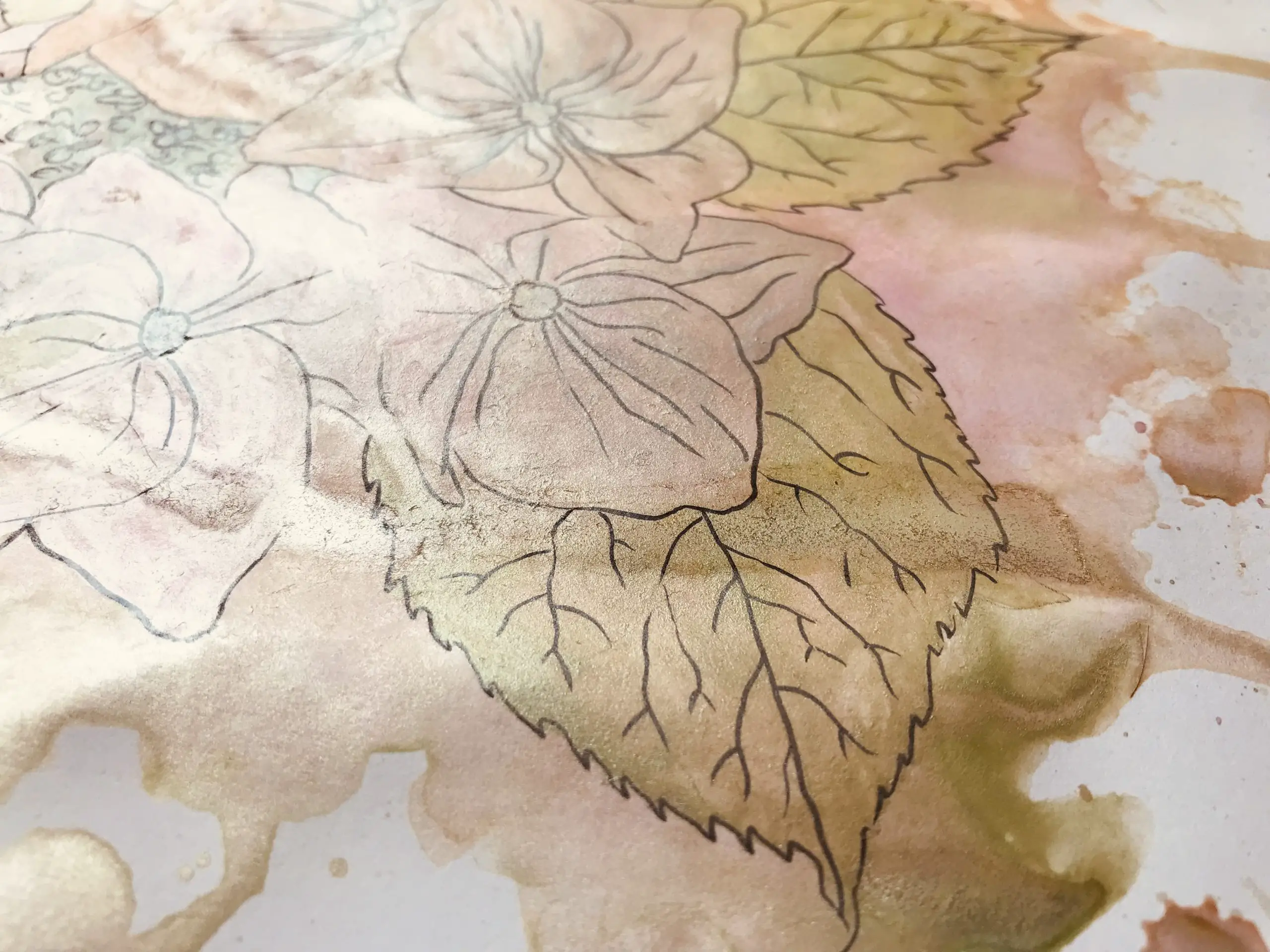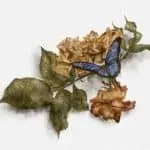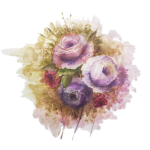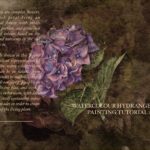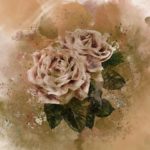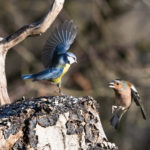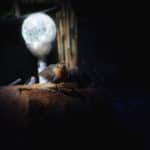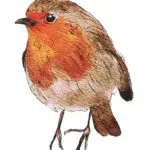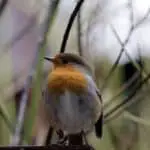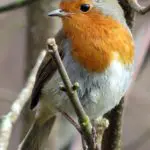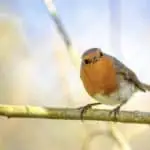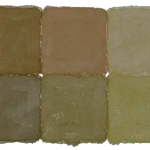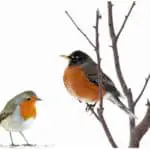One of the key features of pearlescent watercolour painting is the way that a painter can achieve certain light effects and arrays using nothing but pigments, paper, and water, and, since the very start of watercolour painting, painters have been focused in particular about its ability to depict the glint of light against or through items of varying opacity.
Pearlescent or iridescence as a style of watercolour takes a combination of skill, practice, and the right resources, with each being a component to create believable and artistic depictions of gloss and light refraction. But with the right resources and materials, it can be a very doable addition to your watercolour paintings, both realistic and impressionistic.
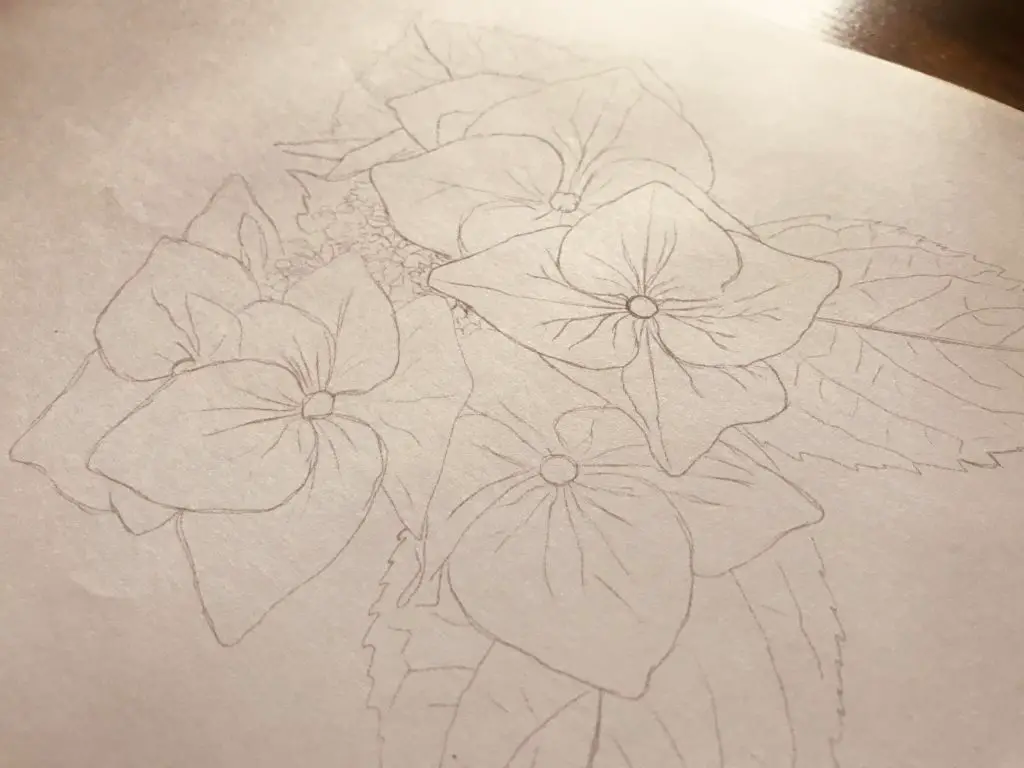
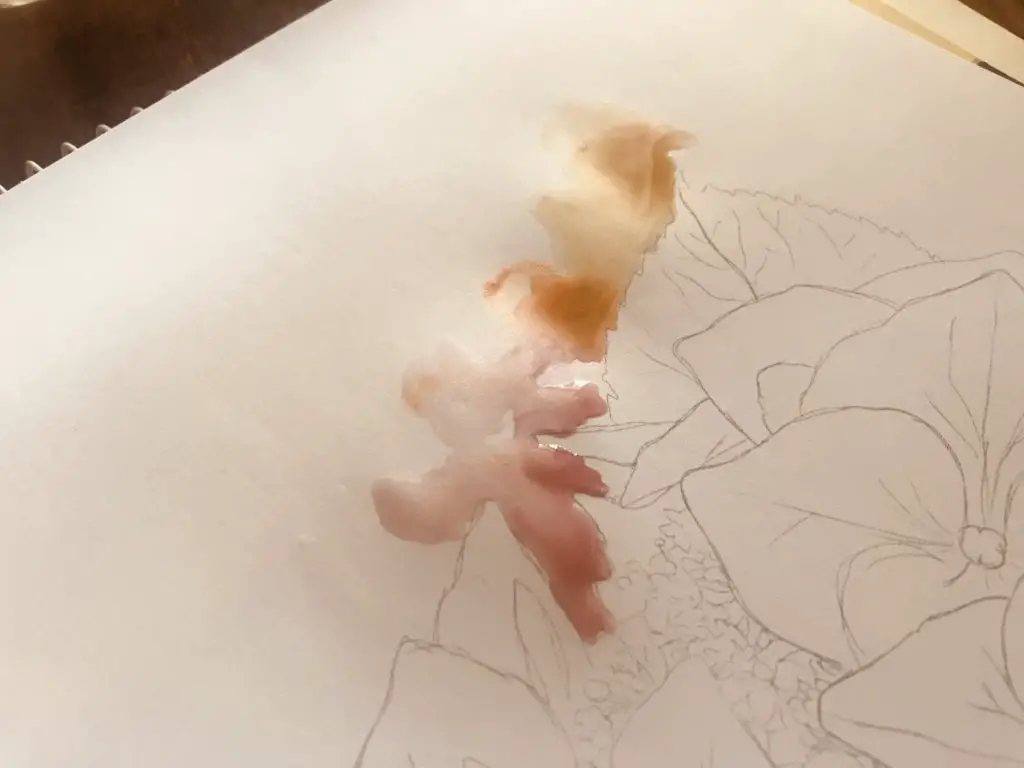
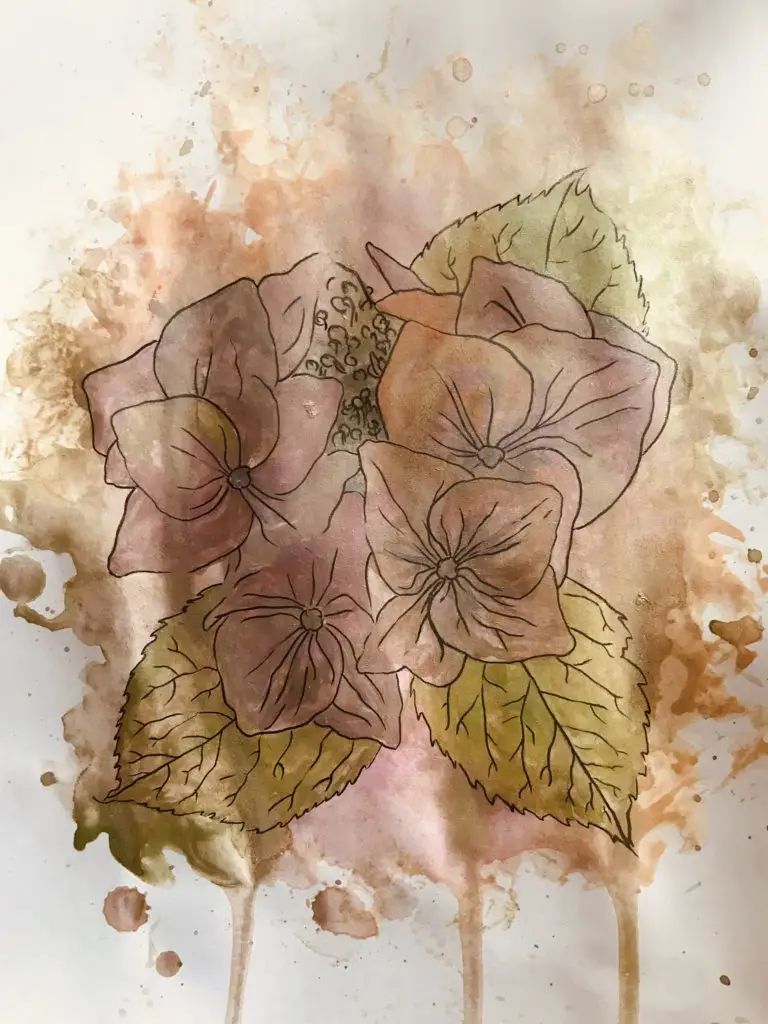
A good starting place for painting with pearlescent watercolour is to make sure you have the right paints and paper, since even perfect technique will be hindered by working on inadequate materials.
There are a few brands of watercolour that has a wide sampling of shimmering or iridescent effects. For some, the shimmer that they exhibit is unique and noticeable, with a bright, eye-catching glimmer, but not excessive. Others will achieve a shimmering effect by introducing glitter or other methods, which may make the watercolour paint look excessive and unnatural when introduced to, say, a painting of flower petals.
Shimmer and iridescence are best achieved when used delicately, with an interplay of regular colours so that the shine is an effect on the painting, rather than overwhelming all other details.
While some people choose to use lustre dust, or applications of glitter on top of the paint while it is dry, it is because of this delicate process that I suggest starting out with iridescent or glossy paint to begin with before attempting to experiment with adding non-paint effects to a painting.
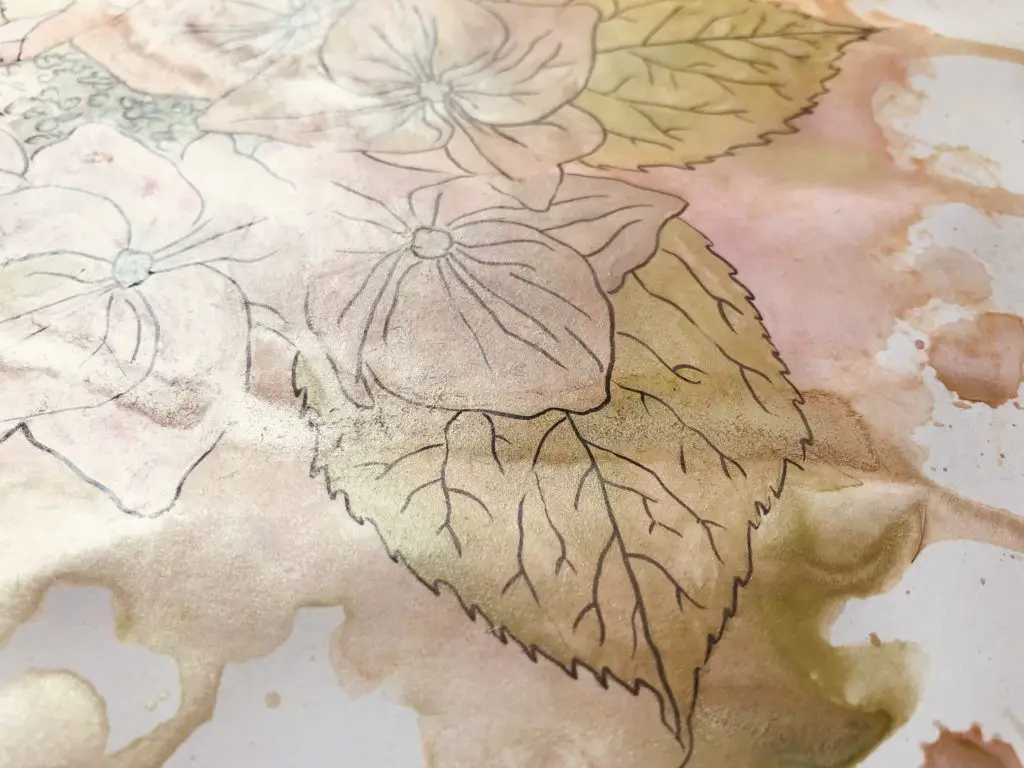
While the results can be just as stunning, and sometimes even more so in the hands of a master, it can be difficult to control, as each medium of art demands practice and research. At this point, you may already have practice with watercolour paint, but relatively little or none with additional materials, so it may be best to learn the skills of adding gloss first with paint before beginning to experiment. With high quality paper and well-conditioned brushes, shimmering watercolour paints would be a breeze to start working with.
So now that you have the colours, how should you start introducing the paint? Something to consider with shimmering or iridescent effects in how they are in real life is that they tend to glow more where they refract light, so they should follow the same rules as shading.
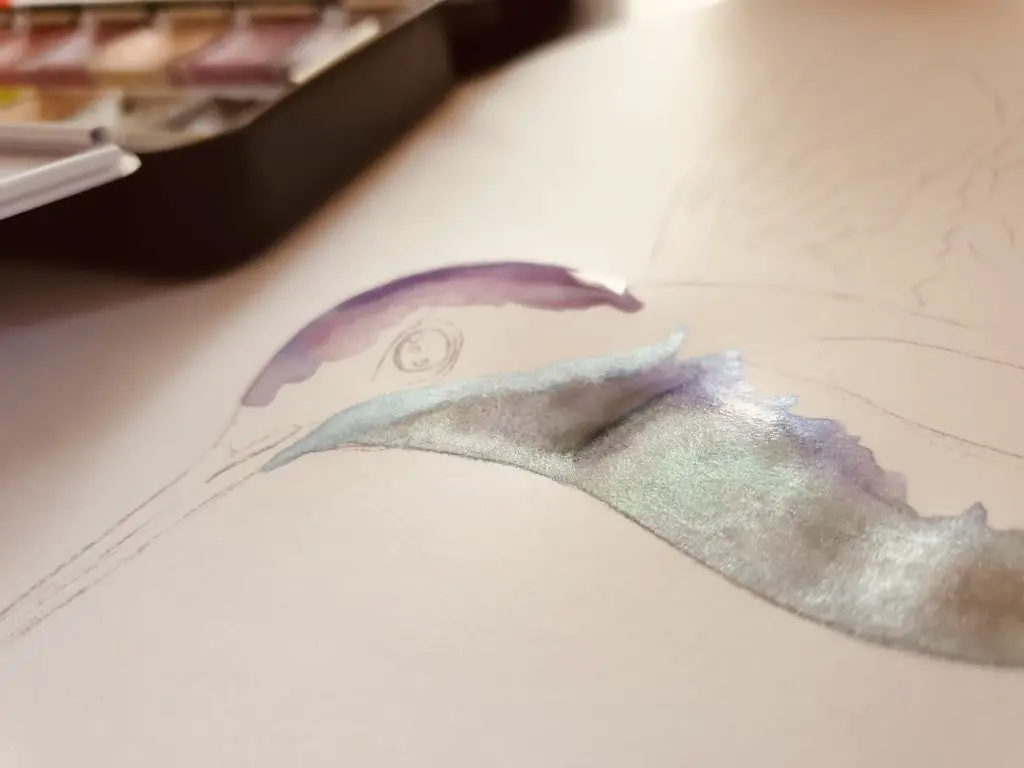
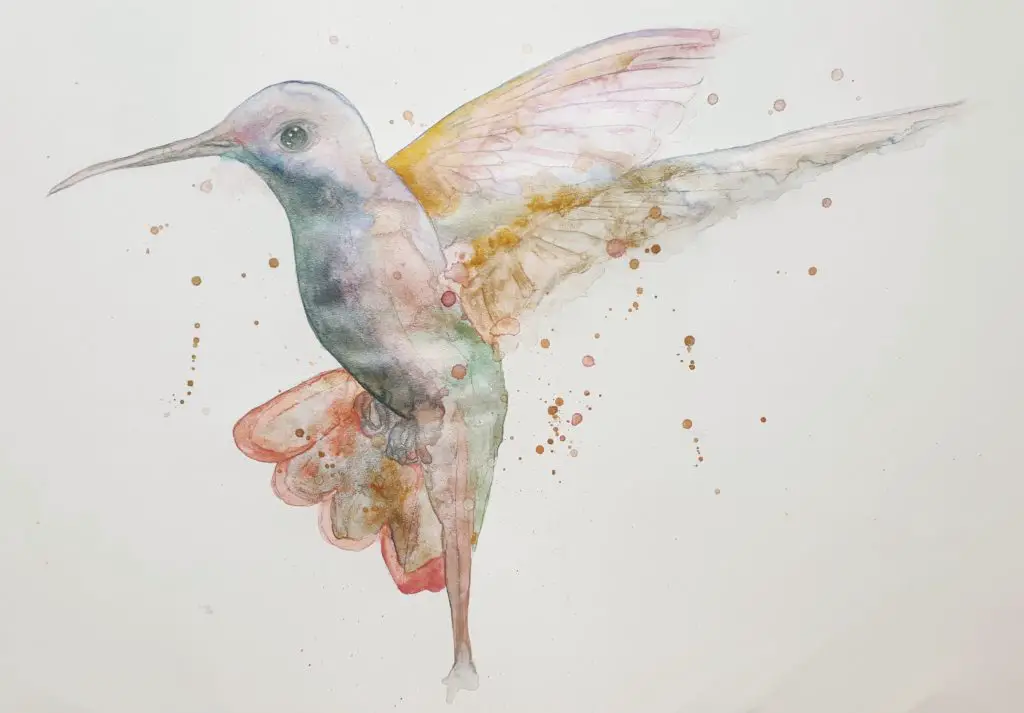
Of course, it is always valid to take artistic liberties, and, in fact, representing how reality feels rather than how reality is has always been a respected form of artistic expression.
In general, with watercolour paints, you want to use darker shades to represent the inner layers, and brighter colours to represent the areas most exposed to light. However, because shimmer tends to be most noticeable in areas with larger surface area, due to the ways that light refraction works, you might want to use shimmer at the thicker portions of an object, and less so towards the outer edges.
So, for example, if you were painting the petals of a flower, you’d paint a darker outline in the inner part of the petal, going into a lighter shade with a shimmer at the brightest part, and then gradually taper off the shimmering as you approach the outer outline of the petal. This will register to the eye as a more natural kind of shine, even as you take artistic liberties with the actual art so that it, in and of itself, might not be entirely realistic.
Another aspect of shimmer pearlescent watercolour painting that can be appreciated in its subtlety is the use of shine or light retraction to imply texture. The use of shimmering paint can imply the very faint lustre of dragonfly wings, or the velvety glimmer of the fine layer over some leaves. It can be used to represent light glinting off of cresting waves, or the shimmer of glint scales, even the rainbow-on-white colour of mother of pearl.
The application of glimmer paint, when layered and used delicately, adds not only light and warmth to a painting but also a sense of living depth, where none was before, lending further dimensions and implying the way that light breaks over an object. With this in mind, you can look at the outside world and notice just how many things have natural iridescence or gloss, not just limited to shiny or sparkly items, but just as often found in fibres, types of plants, or beads of water.
Once you’ve mastered the basics, you can start adding glimmer watercolour not only when you want to achieve a glittery effect, but to many types of painting as a way of adding depth and texture.
Dragonfly painting created in pearl shimmer watercolour paints…
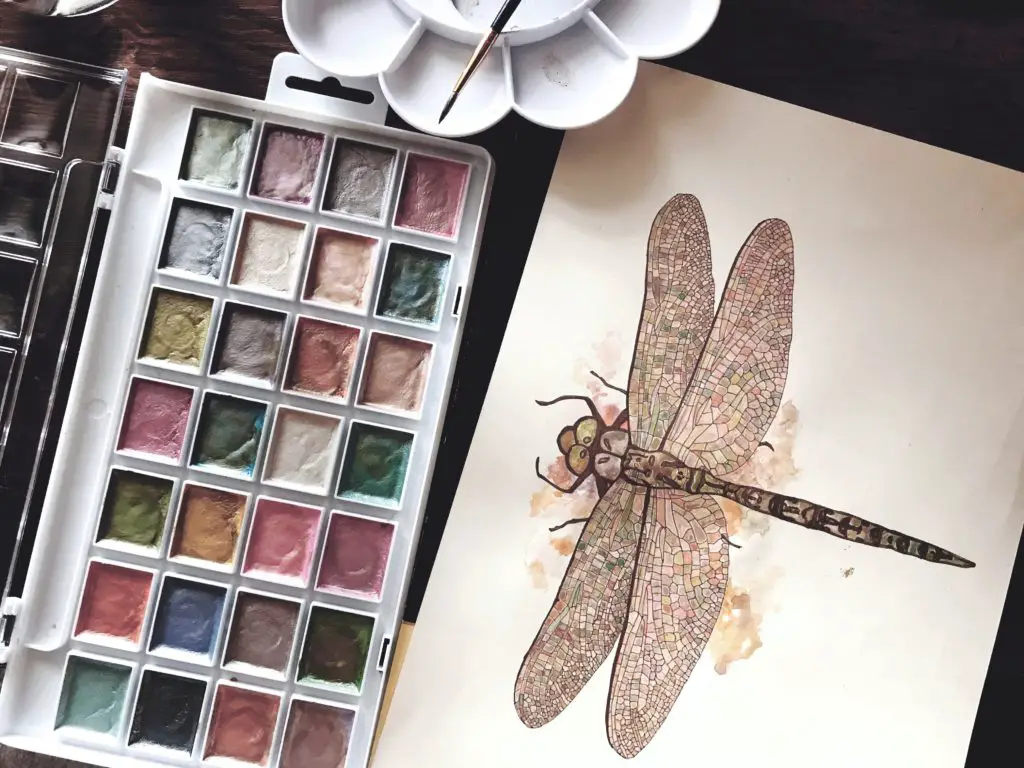
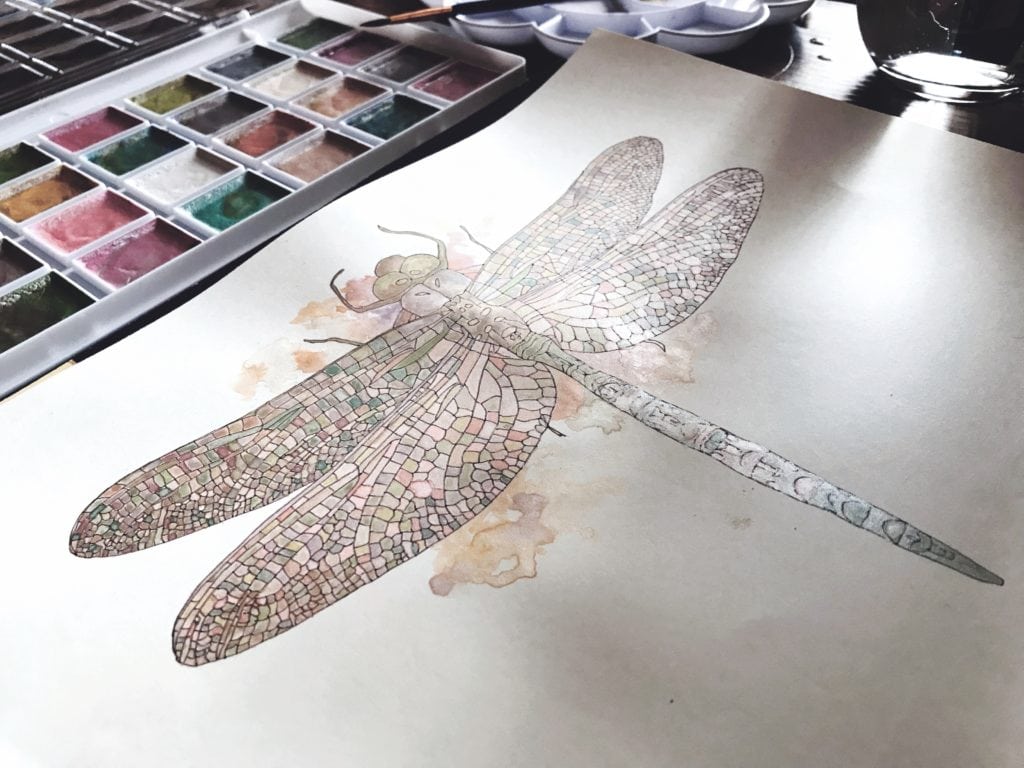
So, as we’ve gone over, some of the ways to get into watercolour painting involve doing some research into the kinds of palettes that are right for you and making sure that you have the right materials to work on. Once that’s achieved, you can look at the natural world and start attempting to replicate it using the same shading technique used in basic watercolour, with some alterations and a more gentle, sparse hand, incorporating non-glimmer paints with shimmer effects to create a more naturally-appearing painting.
And finally, once you feel comfortable with applying these paints, you can start exploring the breadth and span of expression available to you with light refraction, not only to achieve glittery effects, but for all kinds of ends.
I hope that this article helped you get familiar with shimmery watercolour painting, and that you try them out if you get the chance.
